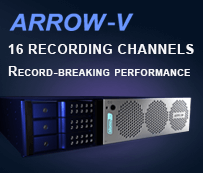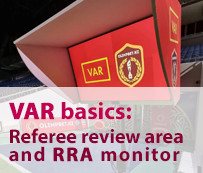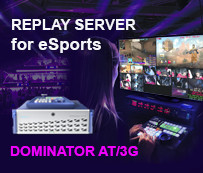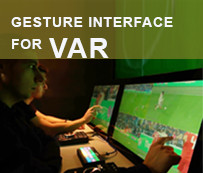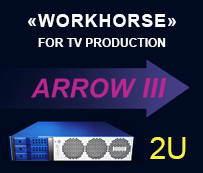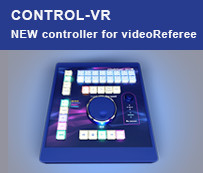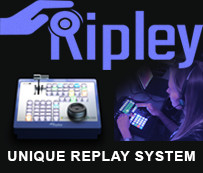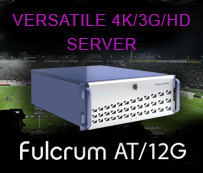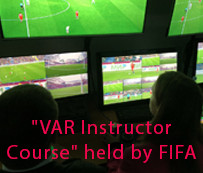The debate about whether eSports is a real sport or a kind of show has not subsided to this day. There is no definite answer to this difficult question. In modern public discourse there are only those sports that have become shows. It is impossible to have advertising budgets without a show and related television broadcasting. And professional sport is impossible without advertising budgets. "Big" sport does everything to make the show more exciting. Everything is done so that the viewer does not "switch the channel" – from the organization of competitions and up to the change of the rules and regulations of the sport. There tendency for "big sport" is that it is becoming more and more an exciting show.
By its definition that "sport includes all forms of competitive physical activity or games" it is possible to categorize eSports as sports.
Classical vs eSports
As was said before, no sport can become successful without broadcasts and entertainment. Broadcasts must be so fascinating, that it is impossible for a viewer to break away. The principle is the same as traditional sport and it seems that success can be to achieved by using the standard methods of sports broadcasts.
But here we come across the fact that broadcasting of eSports competitions itself differs from work in classical sports.
In classical team sports, the focus is on the ball or the puck and the struggle around them. The most popular eSports (Counter-Strike: Global Offensive; Call of Duty; League of Legends; DotA 2) are multi-player video game competitions in which the actions of each player on the team are constantly significant. This greatly increases the complexity of showing such competitions. The broadcast director should not only be professional, but also have a good understanding of the "game" itself, know the specifics of the teams and individual players. Only then the action will show spectacularly and adequately.
As a rule, a match between teams consists of a large number of rounds, going sequentially with a short break. The director and producer of broadcast have a very short gap between the rounds in order to show the best moments of the round with commentaries and explanations. Due to this specificity, the role of replays in the broadcast of eSport tournaments is significantly more important than in classical sports.
Replay Requirements
All this creates a whole set of requirements for the process of replays: for the organization, for equipment and for the team of replay operators.
Since eSport depends on computers, the servers must support 3G-SDI signals (1920x1080p60). Usually such signals are produced by using HDMI-SDI converters. Although you can still find solutions when the input signal 1920x1080p60 is downscaled to 1280x720p60 for replay servers that do not support 3G, and after replays the signal is up-scaled. This solution by no means is optimal, not only because there is significant signal quality degradation, but also because such servers (with maximum of 4 recording channels) require a large number of operators and there is very little time for coordination.
A very important parameter for a replay server in cyber tournaments is its channel performance - i.e. the number of recording, search and playback channels that one server can provide. Classic replay servers mimic the architecture from traditional replay servers and define server capacity by the total number of channels that can be used for either Record or Play or Search. Therefore, a 6-channel server can work in 4REC + 2PLAY / PLAY + SEARCH mode, and a 12-channel server in this case will provide one workplace with 10REC + 2PLAY / PLAY + SEARCH or two workplaces (operators) with 4REC + 2PLAY / PLAY + SEARCH.
When working on a team tournament in CS: GO or DotA 2, you need at least 12 recording channels of 5 cameras - one camera for each player of both teams, and 2 channels for recording selected images from the computers of players or match observers. This is the minimum set. Some directors increase the number of recorded channels to 15. When servers with 6 or 8 channels are used, you will need 3 to 4 servers for the broadcast.
Dynamic Play
In classic sports such as football or basketball, the use of several servers and several operators does not cause any problems. Important events are relatively rare, they are focused around one place and one moment in time and there is always time for the operators, each on its own server, to select the necessary camera, mark the clips and then, according to the director commands, in concert broadcast replays.
In eSports, everything is much more dynamic and complex, in less than 2 minutes a full-fledged battle takes place, the events of which are distributed in space, and occur in parallel. The fights go one after one and the breaks between them are very short - 15-30 seconds. In such conditions, you need to replay the necessary moments from different random cameras.
In this case, it becomes important to provide the replay operator, while working with 12-15 3G-SDI recording channels, a tool that allows very quickly finding the right moments on any camera and instantly replaying them.
High channel performance 15REC + 15SEARCH + 2PLAY + FX in one server - Dominator AT/3G allowed it to work simultaneously with all needed for replays videos. From the very first slomo.tv server created in 2005, we have decided to use separate dedicated search channels, which will work on a standard computer graphics monitor. This allowed us to implement our unique feature - search across all channels simultaneously. This particular feature is the cornerstones of our super-fast replay interface. Searching simultaneously through all channels frees the operator from the need to switch the search channel, and in addition, allows the operator immediately select the needed channel.
The main interface with built-in multiviewer shows either live or recorded video, Program and Preview windows, displays the active playlist, clips, saved playlists and service information. It gives the operator the opportunity to concentrate his gaze only on the monitor. If the operator needs only video, the monitor can be switched to the multiviewer mode for working only with video windows. This allows the operator to choose the optimal mode for the current task. For example, after the end of the round operator can search working with PGM, PVW and 15 recorded video windows. This layout does not distract the operator by unnecessary live windows and allows simultaneously with issuing a replay, search for and prepare the next replay or clip.
Fast Response Replay Console
Optimizing/Reducing the number of button clicks for creating clips allowed the operator to work blindly, guided by muscle memory. The feature of automatic creation of clips and Playlists during Instant replay also significantly reduced the time for creating a summary. Faced with eSports replays and realizing that every fraction of a second matters to operators, we created a new replay console Control ZR, that allows working with 12 to 24 cameras without switching, which also significantly accelerated the work of operators and made it more comfortable. A large number of different Replay Workflows allows each operator to choose the most suitable ones, and even combine them in order to make the work even faster and most comfortable.
All this has led to the emergence of operators working single-handedly with 12 to 15 replay channels in eSports. In fact, this led to replacement of several operators with servers that were not optimized for eSports, and at the same time delivered better and faster replays.
Besides improving the entertainment of eSports tournaments, the use of servers customized for eSports has made it possible to significantly save on the cost of replay equipment and reduce the number of people involved in the tournament broadcasting. Transporting one 4U server weighing 21 kg is much easier to carry out (it can even be done as standard air baggage), but also significantly cheaper. One operator, instead of 3 operators and a replay director, saves significant funds on salaries, air tickets, hotels and travel expenses.
Modern Replay server for eSports
To summarize: a modern server for eSports replays should be relatively compact, light and work with 12-15 recording 3G-SDI channels. It should provide the operator with a high-performance interface that allows working with all channels simultaneously.
Slomo.tv offers an optimal solution for high level eSports team tournaments - a specialized server Dominator AT/3G with 15 recording, 15 search and 2 playback channels in 3G mode.
Discover more about the Dominator AT/3G server.



